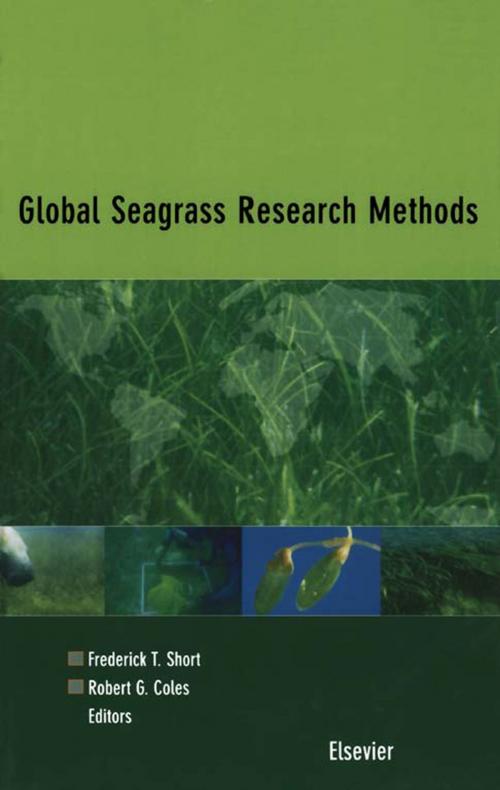Global Seagrass Research Methods
Nonfiction, Science & Nature, Science, Biological Sciences, Marine Biology, Botany| Author: | ISBN: | 9780080525617 | |
| Publisher: | Elsevier Science | Publication: | November 6, 2001 |
| Imprint: | Elsevier Science | Language: | English |
| Author: | |
| ISBN: | 9780080525617 |
| Publisher: | Elsevier Science |
| Publication: | November 6, 2001 |
| Imprint: | Elsevier Science |
| Language: | English |
This thorough and informative volume presents a set of detailed, globally applicable techniques for seagrass research.
The book provides methods for all aspects of seagrass science from basic plant collection to statistical approaches and investigations of plant-animal interaction. The emphasis is on methods that are applicable in both developing and developed countries.
The importance of seagrasses in coastal and near shore environments, and ultimately their contribution to the productivity of the world's oceans, has become increasingly recognised over the last 40 years.
Seagrasses provide food for sea turtles, nearly 100 fish species, waterfowl and for the marine mammals the manatee and dugong. Seagrasses also support complex food webs by virtue of their physical structure and primary production and are well known for their role as breeding grounds and nurseries for important crustacean, finfish and shell fish populations. Seagrasses are the basis of an important detrital food chain. The plants filter nutrients and contaminants from the water, stabilise sediments and act as dampeners to wave action. Seagrasses rank with coral reefs and mangroves as some of the world's most productive coastal habitat and strong linkages among these habitats make the loss of seagrasses a contributing factor in the degradation of the world's oceans.
Contributors from around the world provide up-to-date methods for comparable collection of ecological information from both temperate and tropical seagrass ecosystems.
This thorough and informative volume presents a set of detailed, globally applicable techniques for seagrass research.
The book provides methods for all aspects of seagrass science from basic plant collection to statistical approaches and investigations of plant-animal interaction. The emphasis is on methods that are applicable in both developing and developed countries.
The importance of seagrasses in coastal and near shore environments, and ultimately their contribution to the productivity of the world's oceans, has become increasingly recognised over the last 40 years.
Seagrasses provide food for sea turtles, nearly 100 fish species, waterfowl and for the marine mammals the manatee and dugong. Seagrasses also support complex food webs by virtue of their physical structure and primary production and are well known for their role as breeding grounds and nurseries for important crustacean, finfish and shell fish populations. Seagrasses are the basis of an important detrital food chain. The plants filter nutrients and contaminants from the water, stabilise sediments and act as dampeners to wave action. Seagrasses rank with coral reefs and mangroves as some of the world's most productive coastal habitat and strong linkages among these habitats make the loss of seagrasses a contributing factor in the degradation of the world's oceans.
Contributors from around the world provide up-to-date methods for comparable collection of ecological information from both temperate and tropical seagrass ecosystems.















